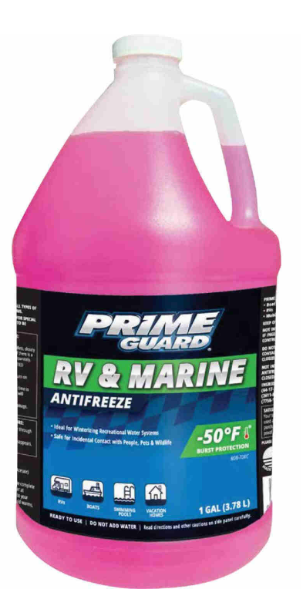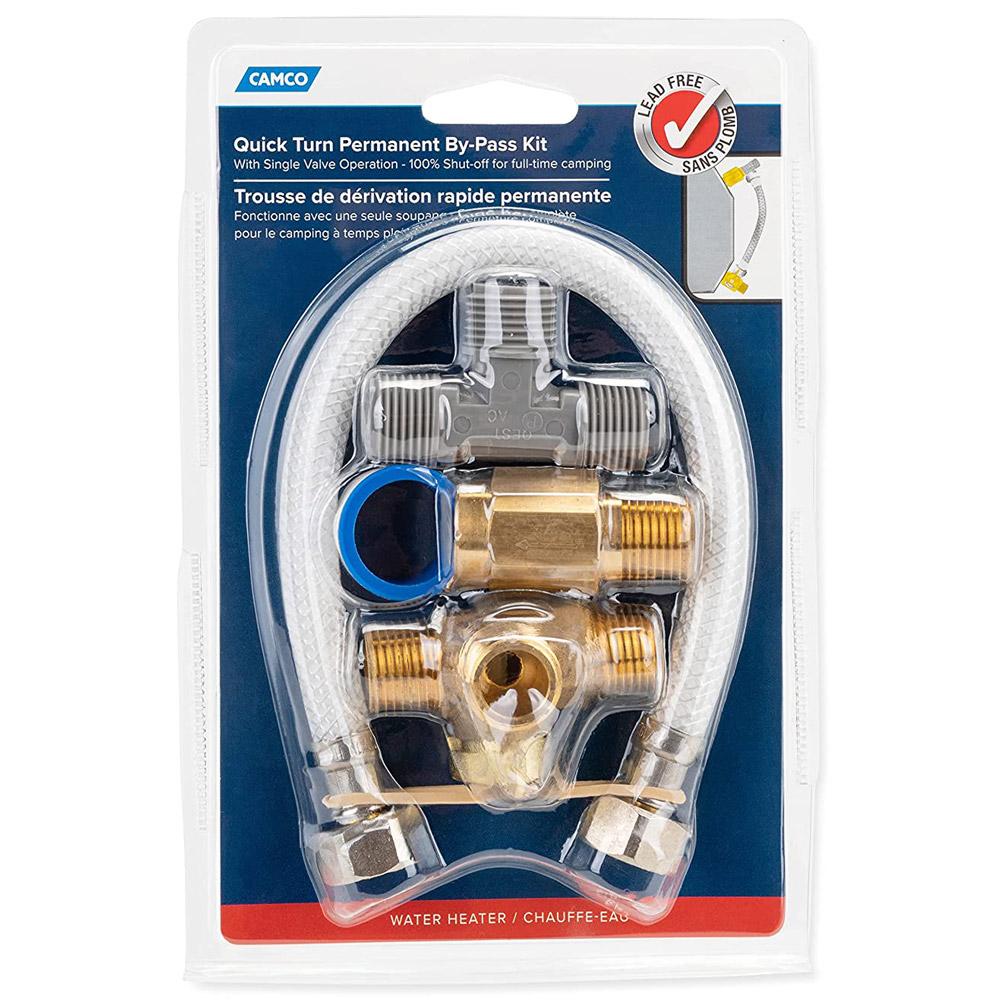Winterizing your boats fresh water system is an essential process to ensure the longevity and proper function of your vessel. With the colder months fast approaching, boat owners should prioritize preparing their boats for winter storage.
Taking the necessary steps to winterize your fresh water system will prevent the pipes from freezing and potentially causing damage. Not winterizing your boat’s water system can lead to costly repairs due to the harsh winter weather.
So, don’t delay and start preparing your boat for winter now!
What you will need for this project:
- Antifreeze Quantity will depend on water system and boat size
- Bypass-kit
- Water-hose Quantity depends on access to water pump from antifreeze container
- fitting (Quantity 1)
- hose-clamp (Quantity 1)
You will need to install a hot water heater bypass kit if applicable. You will want to turn your dockside water or your fresh water pump off first. Then you will need to drain the water heater completely by opening the valve at the bottom of the tank.
Disconnect both the hot and cold water sides of the water heater. Label them if the hoses or pipes have the same colors. Install the tee with the valve on the cold water side of the water heater. Use Teflon tape on these fittings.
Then you will install the backflow preventer into the hot water side. Next attach the included hose bypass hose to the tee’s. To winterize make sure the water heater is full, and turn the valve to the by-pass position. Then pump antifreeze through the system.
Install the female fitting you obtained to the hose then use the hose clamp to secure it to the hose. Attach the female end of the hose to the water pump and put the other end in the antifreeze container.
First, start the fresh water pump. Then, go to each water source like sinks, toilets, and ice makers that use fresh water. Run them until you see the pink antifreeze flowing out. Then, switch off the fresh water pump to winterize the system.


Pink antifreeze in all fresh water fixtures protects your water system from winter damage to hoses, pipes, and fixtures. No need to worry about harsh conditions.